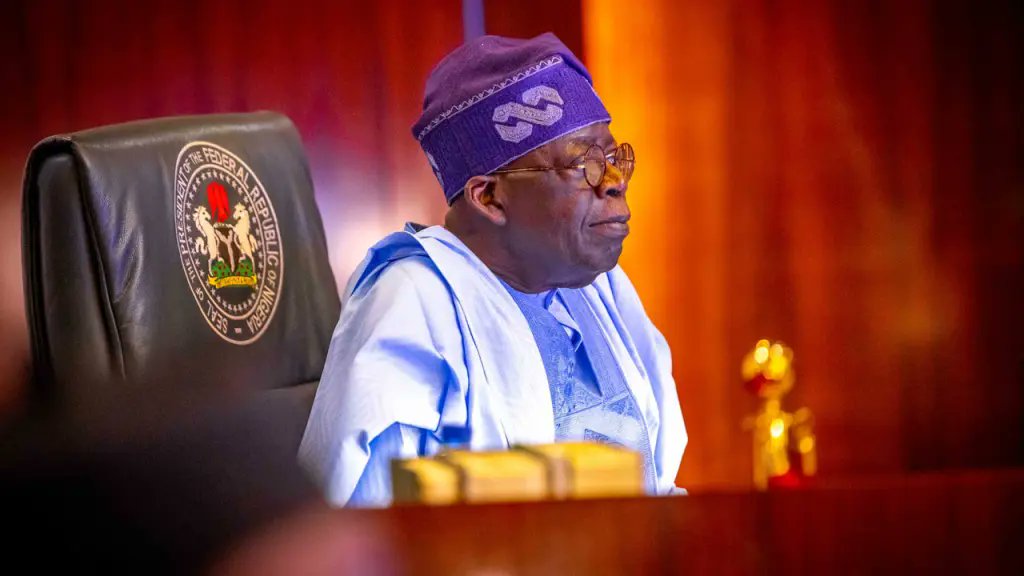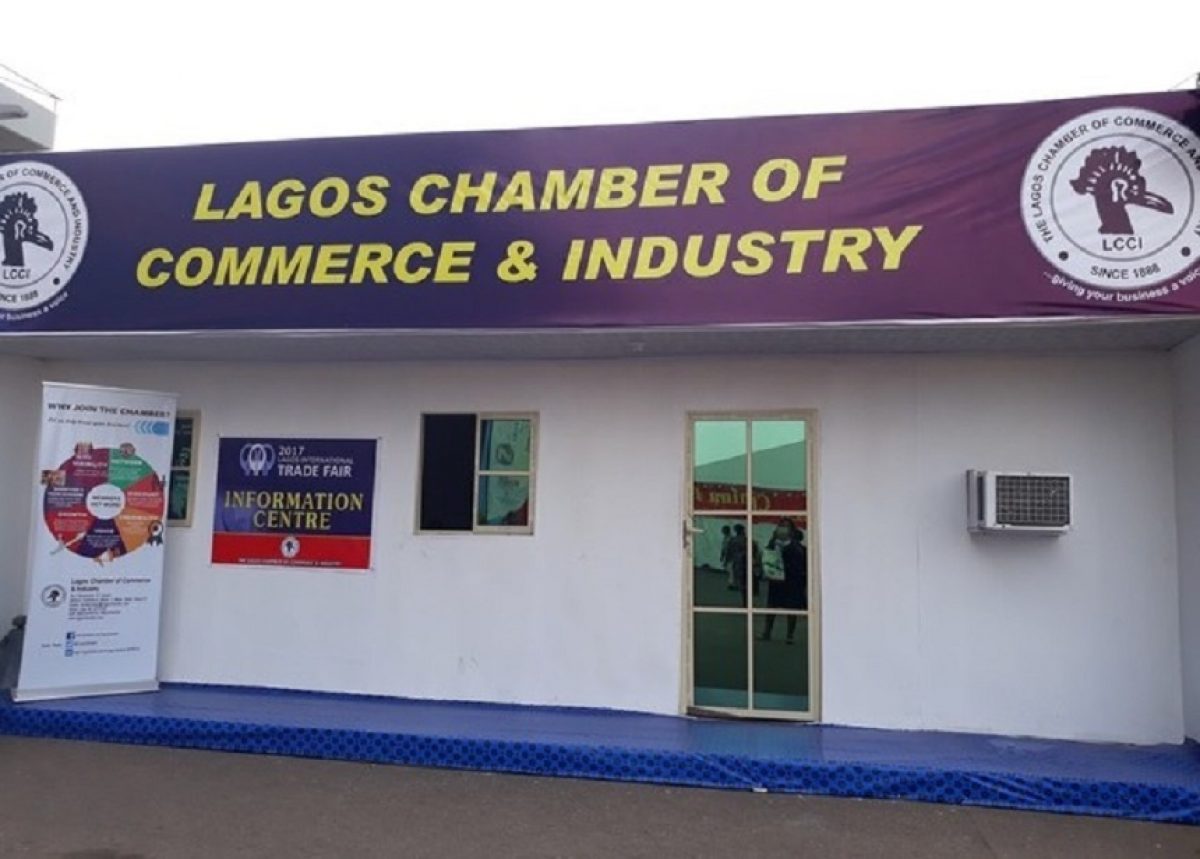There are signs of performance improvement and better strategic opportunities for Africa’s manufacturing sector in 2025, supported by growing investment in local production, deeper regional market integration through tighter implementation of initiatives like the AfCFTA and broader adoption of human-machine collaboration.
This is according to a recent report from the Pan-African Manufacturers Association (PAMA), released last week.The report however noted that key risks remain as some persistent challenges from 2024 are expected to linger amid rising new hurdles like stricter sustainability regulations and escalating costs buoyed by factors including freight rate spikes, requiring bold innovation and strategic adaptation as well as collaborative efforts to sustain growth and build resilience.
It noted that the sector is expected to grow moderately this year, driven by increased regional integration buy-in, technological upscaling, increased investor confidence, growing investment interest in local production and a renewed push for zero-defect manufacturing to reduce waste and improve efficiency.
“While Africa will remain among the least exposed to the emergence of the protectionism wave in US international trade policy, we strongly expect the US-China trade tensions to fuel foreign investment inflows in Africa, with a focus on automotive, textiles and electronics manufacturing. We expect Africa’s cross-border value chains to expand, particularly in agro-processing, textiles, metallics, and automotive.”
It further noted that many countries, including Egypt, Rwanda, Nigeria and Angola are likely to experience upward trajectories, with manufacturing growth rates projected to be strongly positive throughout the year on overhauled investment policies and improved regulatory reforms. Also, export price inflation of manufactures is expected to decline significantly especially in H2 as global disinflation continues to feed deeply into the system.
However, it noted that persistent inflationary pressures in Nigeria would continue to erode purchasing power and demand for manufactured goods.
“Also, Nigeria, Egypt and Ghana may continue to report elevated borrowing costs well above 25 per cent, limiting access to financing for capital investments, particularly MSMEs. FDI inflows into Africa’s manufacturing sector are projected to grow modestly by around four per cent in 2025, as global investors seek opportunities amid improving economic conditions and the potential spillover effect of the trade shift in the West towards Africa. However, the geopolitical landscape and ongoing conflicts will still pose risks that could deter potential investors to key sectors of interest.”
Noting that Africa remains vulnerable to domestic and global economic shocks, it said the absence of proactive policy responses exacerbates the impact of these shocks, leading to long-term consequences for the continent’s economic performance and growth prospects.
“However, structural weaknesses including a low industrial base continue to hinder Africa’s manufacturing sector. Weak global demand further weighs down the continent’s industrial output and export performance. African governments should strengthen regional integration and industrial policies by intensifying efforts in addressing non-tariff barriers, improve customs procedures, harmonise trade regulations, provide incentives for manufacturers to invest in digital technologies to boost competitiveness and increase investment in cross-border infrastructure, such as roads, railways and digital connectivity, to facilitate trade.
“They should also ensure they foster a conducive environment for private investments in the sector, address inflationary pressures and high borrowing costs by enhancing production, stabilising FX and linking rural to urban to aid low-cost raw materials supply to industries; strengthen central bank policies to control inflation in high-risk countries like Nigeria and establish low-interest loan schemes for SMEs in the manufacturing industries.
“They must also create a favourable investment climate by improving ease of doing business, offer tax incentives and provide guarantees against political risks to attract global investors, diversify trade routes and invest in alternative transportation to reduce dependence on high-risk sea routes; prioritise infrastructure improvements, particularly in transportation and energy to support efficient manufacturing operations. Also, provide export subsidies and tax rebates for key manufacturing sectors and offer incentives for companies relocating production facilities to Africa and leverage AfCFTA to reduce dependency on imported raw materials.






